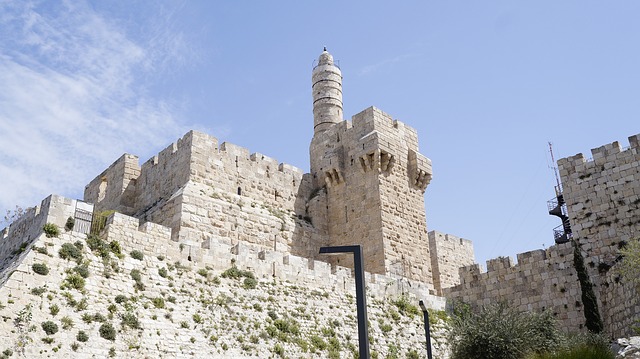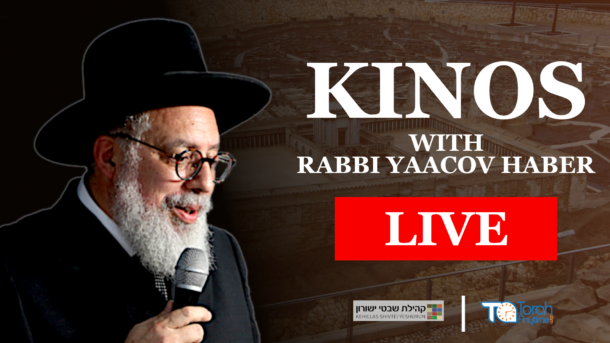When in the synagogue we are the nerve endings of Yerushalayim.
The book of Shmos tells a forty year story of the Jewish people.
In this story, we grew from humble beginnings as slaves in Egypt to a Kingdom of Priests and a holy nation. The story culminates with the building of the Mishkan.
We needed a project that would bring all the tribes of Israel together. Everyone brought something to the table. Some brought their wealth, some brought their engineering ability, some brought their weaving and other forms of artistry, some brought their physical strength and others brought their organizational skills. We would contribute our best and work together. This 150 foot by 75 foot concerted effort brought us from individuals to a cohesive nation. The presence of Hashem then rested upon us as a nation.
When men and women brought their contributions to the Mishkan, there was enough “V’husar” and there was extra. The Zohar explains that the extra heart and soul stayed in the world and was put away by G-d toward the building of the two Temples in Jerusalem and every synagogue that would ever be created during thousands of years of Galus.
The Zohar further explains that in the beginning when G-d created the world He took a bit of earth from the place that would become Jerusalem and He spread it all around the world. Everywhere the earth was placed became the future site of a Synagogue. Bilaam recognized this and said, “Who can count the dust of Yaakov”? (Parshas Balak) Bilaam is saying: “Yerushalayim is all over the world. What power can I possibly have over it”?
During the time of the final redemption, all that earth, with the synagogue that was built on it, will be returned by G-d to Eretz Yisroel.
When we stand in our own synagogues, wherever they may be, we are standing in Yerushalayim. When in the synagogue we are the nerve endings of Yerushalayim. We can feel the pain of Yerushalayim and we can share in their simcha. The energy that constantly goes into the building and upkeep of the synagogue is the spillover of energy that was donated to the Mishkan. The energy of unity, generosity and freshness of spirit was used for the Mishkan and then trickled down through the generation’s, right to our synagogues.
A synagogue is more than a minyan. It is more than a gathering place. It is more than a rabbi that can inspire with words of Torah and it is more than a beautiful chazan. A synagogue is community effort to house the Shechina.
When our people first came to Israel we prayed in bamos; little backyard synagogues, little family shuls and bamos on the block shuls. Wealthy families had their own private bama. Wealthy cities in the Negev would boast about the two or three hundred bamos in their community. There were boutique bamos, early bamos, late bamos, talking bamos and quiet bamos. It was probably very comfortable and convenient. But, when the Bais HaMikdash was built in Yerushalayim bamos became outlawed. In order to host the Shechina we had to work together. Yom Tov would come and all of Israel would prepare to travel to Jerusalem to recharge their souls and reunite with the Creator. Imagine someone saying to his wife, “Honey, I’m burned out, forget Jerusalem, I think I’m going to daven on the block.” Where would be the unity, where would be the community?
In these times Yerushalayim needs us and we need Yerushalayim. By appreciating, attending and working for our Synagogues we will strengthen Yerushalayim and with the help of G-d we will all be transported to the real Yerushalayim.




0 Comments